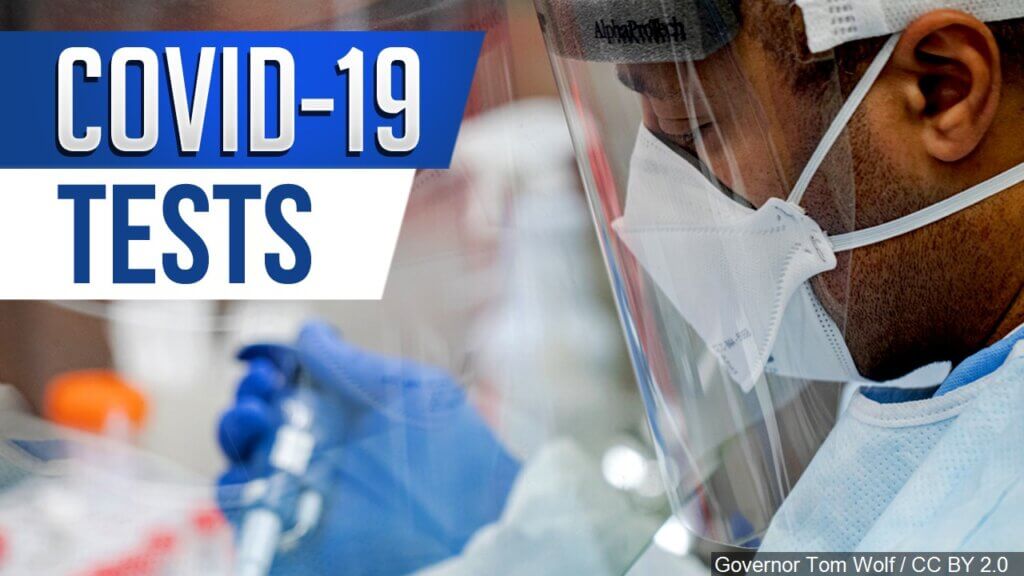With the reopening of public facilities, schools, and religious centers, Several families embark on special trips to unwind the stress of the global lockdown while adapting to the post-pandemic changes and getting back to their routine.
With the recent discovery and rapid spread of new variants of the COVID-19 virus, several parents are beginning to panic about the health status of their children.
While you can protect your children and reduce the risk of contracting this deadly virus by wearing masks and observing social distancing, testing is still an efficient tool in reducing the spread of the disease.
When to Test your children for COVID-19
The main reason for testing your Children for COVID include:
Develops symptoms of an Active Infection
While the symptoms of COVID-19 and flu are similar, it is common to misdiagnose your children at home. Schedule an appointment with a pediatrician for proper diagnosis.
If your child is diagnosed with an active infection, it is crucial to self-quarantine to prevent the virus’s rapid spread.
Exposure to an Infected Person
Even if your children don’t show symptoms of an active COVID-19 infection, contact your doctor for a test if they have had any form of physical contact with an infected person. You should repeat the test after 5-7 days if the result is negative.
International Trips
Before departing for a scheduled journey, the visiting country may require your COVID-19 test result. On your return flight, you may need another test. A positive test will prevent you from boarding.
If you experience any discomfort after returning from an international trip, you should get tested immediately. If you are traveling a long distance with your child, you should take extra precautions and quarantine them for seven days after the trip.
Extracurricular Activities
Children engaging in extracurricular indoor activities involving exhalation such as singing may be required to provide a COVID-19 in compliance with the screening procedure. The screening will depend on physical spacing and community infection levels.
Types of COVID Test
Two types of tests are available to detect a current COVID-19 infection: PCR molecular tests and antibody tests. It is best to discuss what each test can accomplish with your pediatrician and which test is most appropriate for your child.
PCR Molecular Tests
The Polymerase chain reaction (PCR) test is a highly accurate test widely used in detecting a COVID -19 infection. They are relatively sensitive and can detect other COVID-19 variants.
PCR molecular test screens for pieces of SARS-CoV-2 in fluid samples (nasal swab, throat swab, or saliva).
It is possible to perform this test to determine whether your child has an active COVID-19 infection; however, such a test does not provide information about previous COVID-19 infections.
Antibody (serology) tests
Antibody test, also known as a serology test, screens for immune responses called antibodies in the blood. A blood test may not detect antibodies in the blood until symptoms occur. Antibody tests are not efficient in diagnosing an active infection.
A COVID-19 antibody test can provide evidence of a previous infection with SARS-CoV-2 regardless of whether your child experienced symptoms of COVID-19 before the test.
While an antibody test indicates that your child may have some level of resistance to SARS-CoV-2, newer strains of the virus can cause a re-infection; therefore, it is crucial to wear a mask, proper handwashing sanitation, and observe social distancing.
How to Handle an Active Infection?
Discuss your child’s treatment with their doctor if they test positive for the Coronavirus. Your doctor may recommend the following routine to prevent the spread of the disease:
- Isolation
- Contact anyone your child might have had physical contact with to self-isolate and get tested.
- Always use a mask when providing home care to your infected child
- Always consult your doctor if your child experiences extreme discomfort while in isolation
While your child might be confused and don’t understand what is happening around them, it is crucial to explain the details of their illness in simple terms and strictly follow all COVID-19 safety guidelines.



